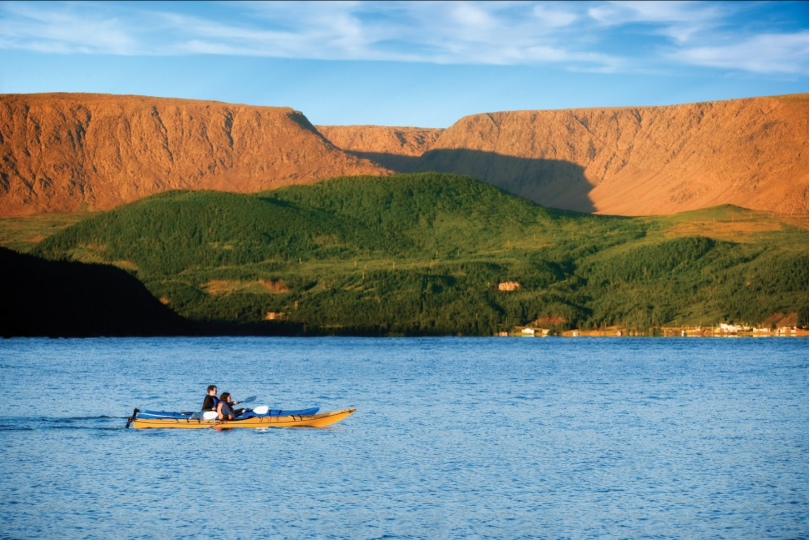8-Day Customized Newfoundland Tour
Route Plan:
Day 1: Head to Gros Morne National Park and visit The TableLands;
Day 2: Visit The Arches Provincial Park and explore L'Anse aux Meadows;
Day 3: Drive back to Gros Morne National Park for a three and half hours boat tour of Western Brook Pond and visit scenic spots within the national park;
Day 4: Head to Grand Falls-Windsor and visit the salmon observation center;
Day 5: Explore the peaceful and beautiful town of Bonavista (passing through Terra Nova National Park) and experience where Cabot landed and discovered Newfoundland;
Day 6: Visit Skerwink Trail;
Day 7: Head to the capital of Newfoundland, St. John's, and visit Signal Hill, Iceberg Beer Factory, and the Cathedral;
Day 8: Visit Mistaken Point Ecological Reserve as the final destination of the trip.
Day 1: Pick up at noon, then head to Gros Morne National Park to visit The Tablelands.
In the afternoon, explore the Martian landscape at The Tablelands, one of the few places in the world where the mantle is exposed. The long-term movement of the Earth's crust pushed the mantle to the surface, resulting in a barren, ochre-colored terrain that resembles the Martian landscape. NASA also has a research facility here, using this area as a simulated Mars site.

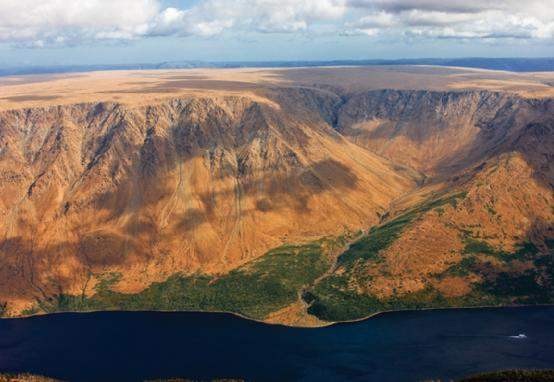
In the evening, stay in a villa in the park and experience traditional Newfoundland fishing village homes.

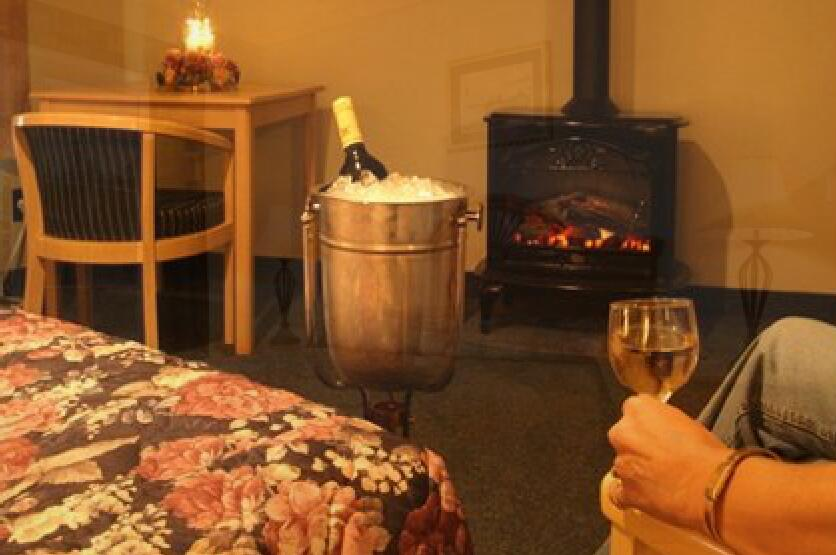
Day 2: Visit The Arches Provincial Park;
There are several giant rock arches in the sea made of Ordovician white quartz conglomerate eroded by waves, making them one of the most photogenic attractions in the Newfoundland sea.
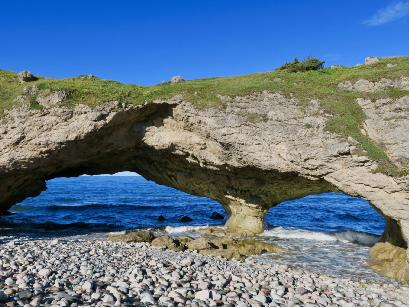

Then head to L'Anse aux Meadows;
L'Anse aux Meadows is a Viking settlement site from the 11th century, and is currently the earliest known European colonial archaeological site in North America, certified by UNESCO and listed in the World Heritage List. Here, you can walk through the history of the long-lost Vikings, and immerse yourself in the grassy turf houses shrouded in mist. This journey will show you the ancient handicrafts buried just beneath the surface, and reveal the daily lives of Vikings in the 10th century. Learn about ship and house construction methods, sit around a roaring fire, and listen to the ancient legendary stories of those resilient men and women who set sail into the forbidden sea and sought the New World under the same starry sky a thousand years ago.


Check into the hunting villa in the evening and experience the luxury Scandinavian-style wooden cabin villa.

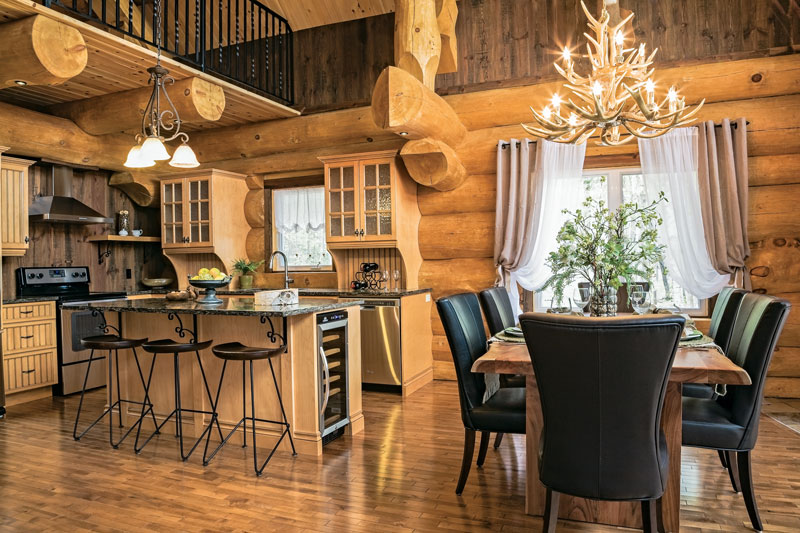
Day 3: Drive back to Gros Morne National Park for three and a half hours. Take a boat tour of Western Brook Pond and visit scenic spots in the national park;
Take a boat tour of Western Brook Pond, a glacially-carved fjord known for its towering cliffs that reach hundreds of meters high and cascading waterfalls. The lake is known for its pure, non-conductive water due to a lack of necessary substances.
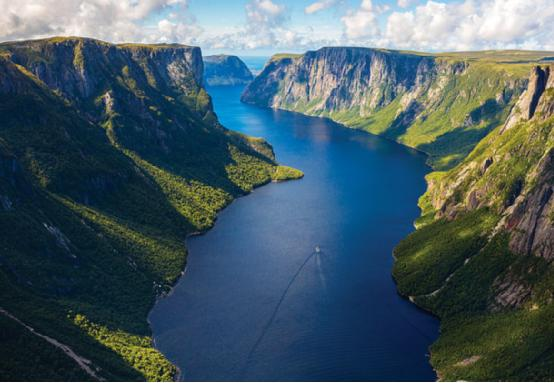
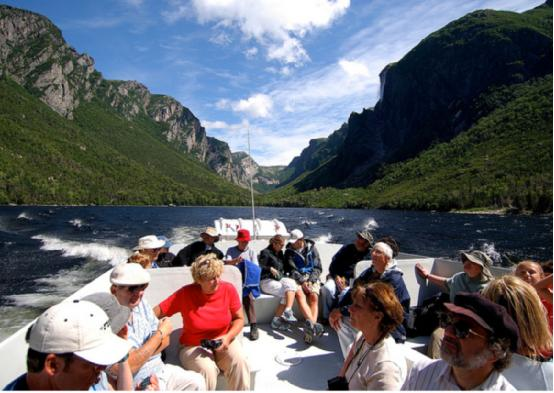
Check in at Corner Brook, the second largest city in Newfoundland.
Day 4: In the morning, we will head to Grand Falls - Windsor to visit the Salmonid Interpretation Center (optional activity);
In the morning, we will depart for Grand Falls - Windsor, which has a touch of mystery and is the largest town in central Newfoundland. We will visit the famous salmon observation center, where we can observe Atlantic salmon up close and learn about their habits. We can take photos of the salmon as they swim upstream and leap out of the water. If we're lucky, we might even witness the local Exploits Valley Salmon Festival.
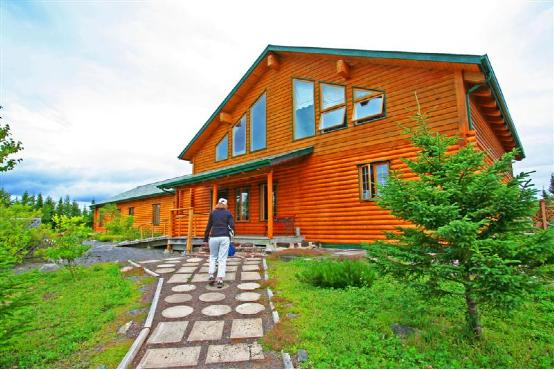

Next, we will head to Twillingate for a sea excursion (activities are dependent on the month: iceberg viewing in June and July, whale watching and cod fishing in July and August). Afterward, we will take a hike and enjoy the scenery at the famous Crow Head.
Twillingate boasts a coastline dotted with trails that wind through cliffs, offering breathtaking views of the Atlantic Ocean. These trails were named among the top ten trails in Canada by Reader's Digest. If we're lucky, we may even come across icebergs along the way.

Long Point Lighthouse is one of the most famous landmarks on the northeast coast of Newfoundland.
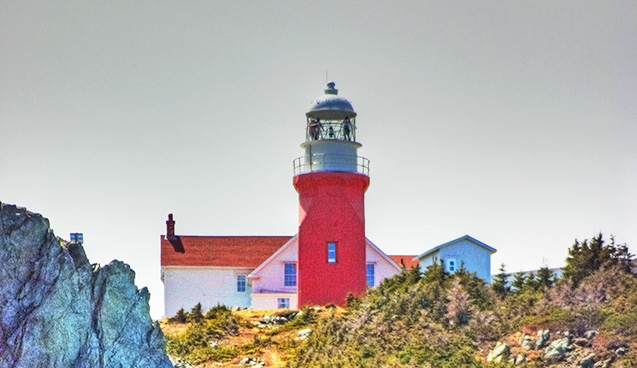
Check in to Gander.
Day 5, we will head to the tranquil and beautiful town of Bonavista (passing through Terra Nova National Park), where Cabot first landed and discovered Newfoundland;
We will pass through Terra Nova National Park, which is the first and oldest national park in the province with a total area of 400 square kilometers. We will take you to the best viewpoint to overlook the magnificent panoramic view, and you can also visit the visitor center to see the whale skeleton. You can also choose to take an hour hike on a scenic trail.
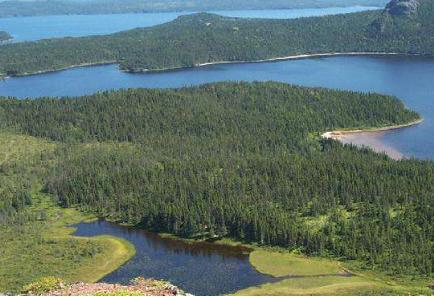
Bonavista is different from other towns in Newfoundland that are built along steep bays. It is built on open plains and has long relied on fishing for cod, lobster, and snow crab. This town is also where the Venetian explorer Cabot first landed and discovered the mainland of Newfoundland, making it a truly remote and tranquil paradise.
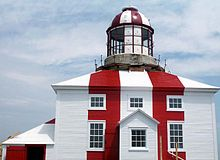
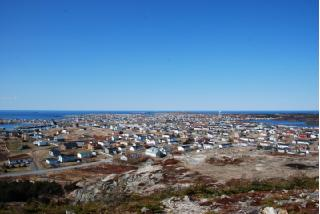
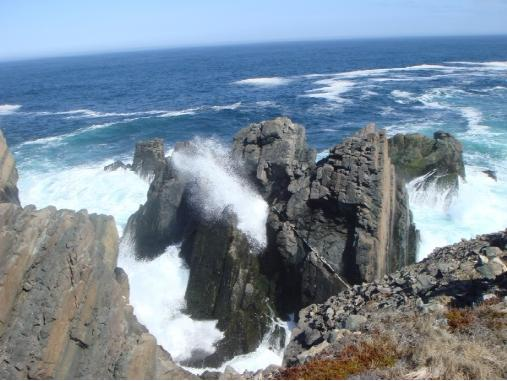
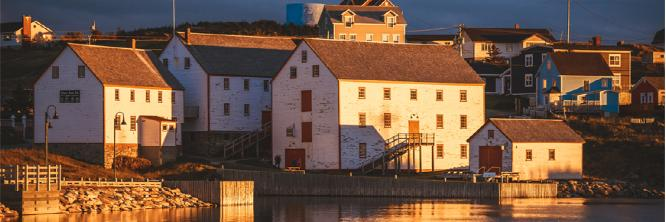
Check in at the Harbour Quarters Inn, which is the most traditionally unique and scenic hotel in Bonavista, and was once visited by Queen Victoria herself..


Day 6: Head to Skerwink Trail.;
The trail has been named one of the best trails in North America and Europe by Travel and Leisure magazine. The trail is built along the cliffs of the Atlantic Ocean, offering a close-up view of the sedimentary rocks covered with green jewels and breathtaking views of the sea!
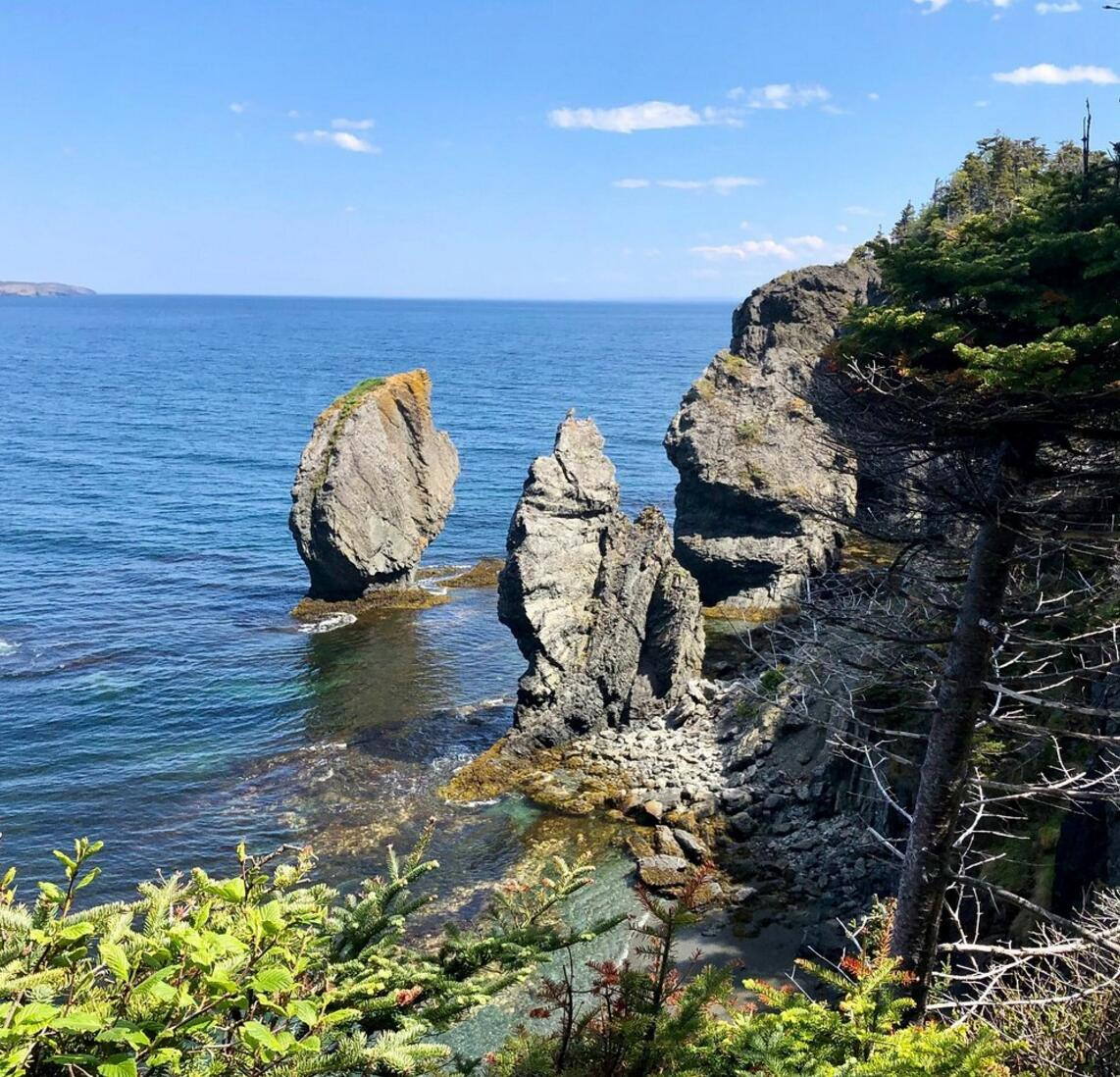
Then visit Bird Island;
Next, we will visit Cape St. Mary's Ecological Reserve, also known as Bird Island, which is the largest seabird nesting site in North America. Over 70,000 birds cover the island and the surrounding cliffs, including puffins, Northern Gannets, Common Murres, Thick-billed Murres, Black-legged Kittiwakes, Razorbills, and Horned Larks. Why are Northern Gannets called "the birds of love"? The answer will be revealed before your eyes: you will witness the unique and beautiful love ritual of the Northern Gannets. The male and female birds face each other with their wings spread out, then continuously shake their heads and rub their bills against each other or preen each other's feathers with their bills. Finally, they both raise their heads, point their bills towards the sky, and call out continuously, as if announcing to their other companions, "We are now a couple!" The locals liken this to a fencing match (l'escrime in French). The Northern Gannet is known for its unique and famous "fencing-style kiss," which has earned it the title of "the birds of love."
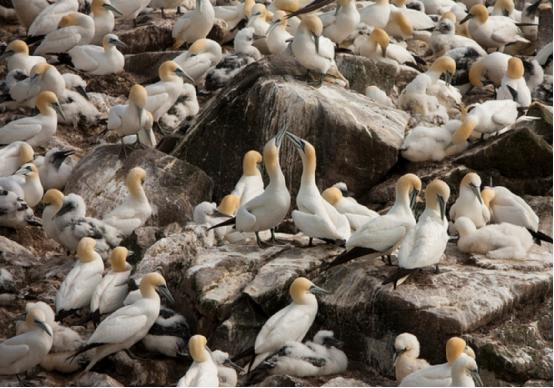
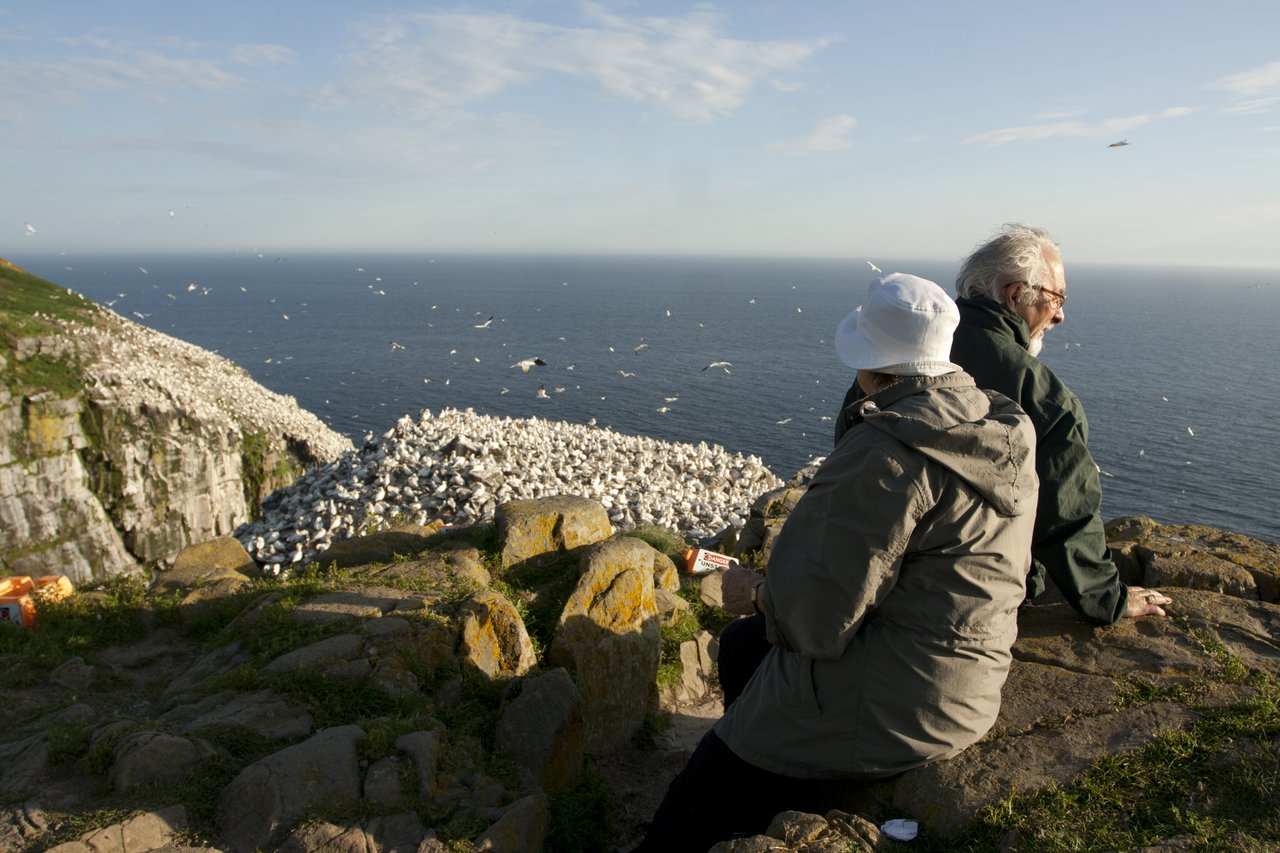
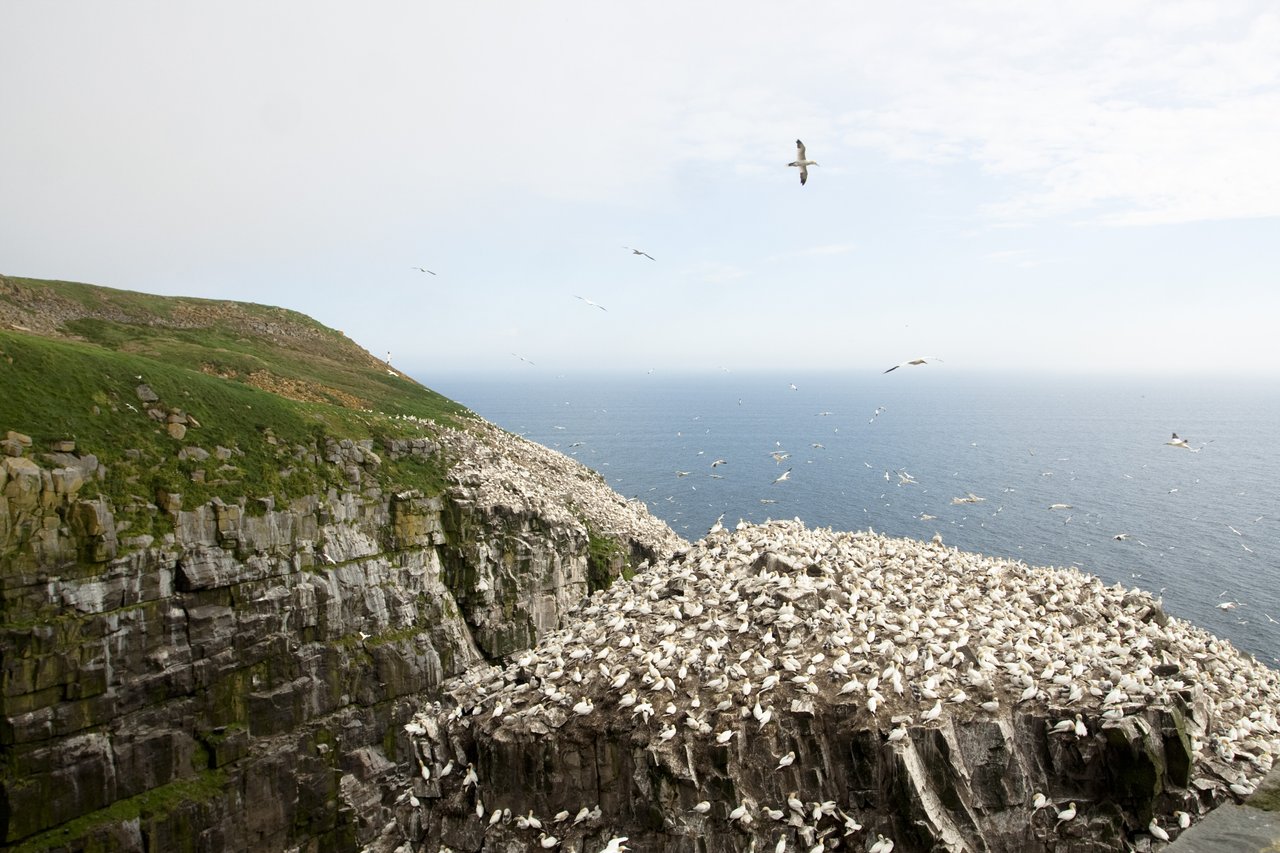
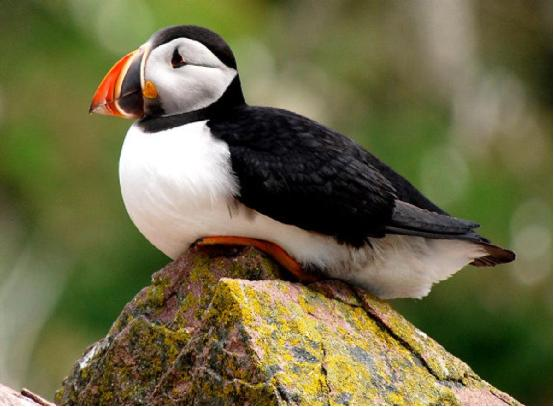
Then we will head to Placentia to visit Castle Hill;
Visit Castle Hill in the coastal town of Placentia. Castle Hill is a military defense site built by French colonizers in 1662 to protect their fishing interests in the area. Through the rusty and battered remnants of the fortifications, you can appreciate the French culture in Newfoundland. Close your eyes and you can almost smell the gunpowder from the battlefield of 400 years ago! Interestingly, it is said that the French never come here to visit. Why did this seemingly impregnable military fortress with an excellent location make the French ashamed? The answer awaits your discovery.

Return to the Newfoundland capital city of St. John's and check into a hotel located in the downtown harbor area.
Day 7: In the morning, drive to St. John's, the capital of Newfoundland, to visit Signal Hill, the Iceberg Brewery, and the Cathedral.;
Signal Hill is the place where the world's first transatlantic wireless signal was received. It's also a great spot to view the city of St. John's from above. You can capture a panoramic view of St. John's from Signal Hill, with a broad view of the harbor's masts and sails, the winding coastline, and the colorful houses along the harbor. The scenery is truly breathtaking.
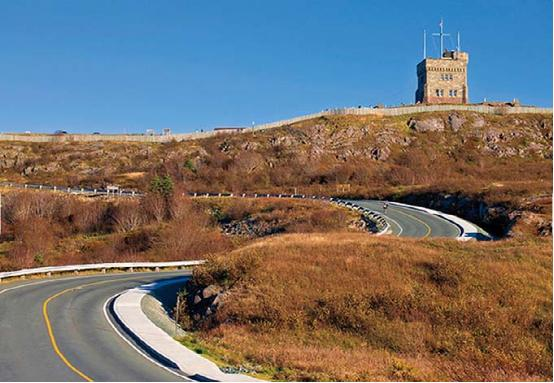
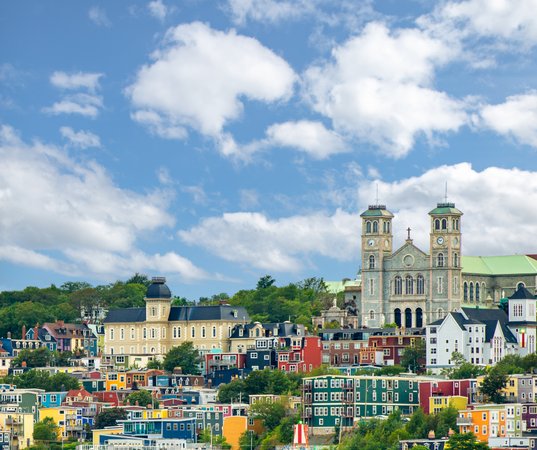
The Iceberg Brewery
Quidi Vidi Brewery. This is a unique brewery, and its most famous beer is "Iceberg" - brewed with pure water from icebergs that are over 20,000 years old. This beer is only sold in St. John's, Newfoundland and nowhere else. Here, you can learn about and taste authentic local beer, with a rich taste that lingers, letting the aroma bloom into a colorful flower between your lips and teeth. We will also give each person a bottle of Iceberg beer, leaving behind a "drunken" memory that belongs to Canada!

Visit the Basilica, a Baptist Anglican Church. The Basilica is an old building constructed in 1855 and its design represents the revival of classical architecture in North America. Inside the church, 65 unique stained glass windows illuminate the beautiful and extraordinary Italian polychrome ceiling and gold leaf shining area. During its anniversary celebration, Pope Pius VII named it the "Basilica."
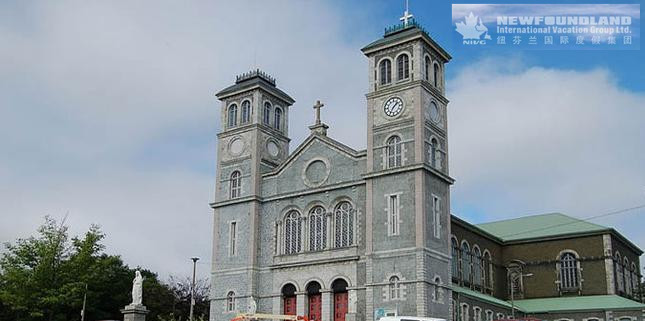

In the afternoon, you will visit Cape Spear, the easternmost point in North America.;
Take a hike on the trail at the easternmost point of North America, feeling the temperature of every inch of the land with your feet. Visit Cape Spear, the easternmost point of North America, and take photos facing the vast Atlantic Ocean. Dovekies, Great Cormorants, and Thick-billed Murres often visit this area. Here, you can also see the oldest lighthouse, battery, and ammunition depot, as well as the weather-beaten ruins of the Spear Fort. Come to the easternmost point of North America, face the sea, meditate, contemplate, seek peace, and find inspiration!
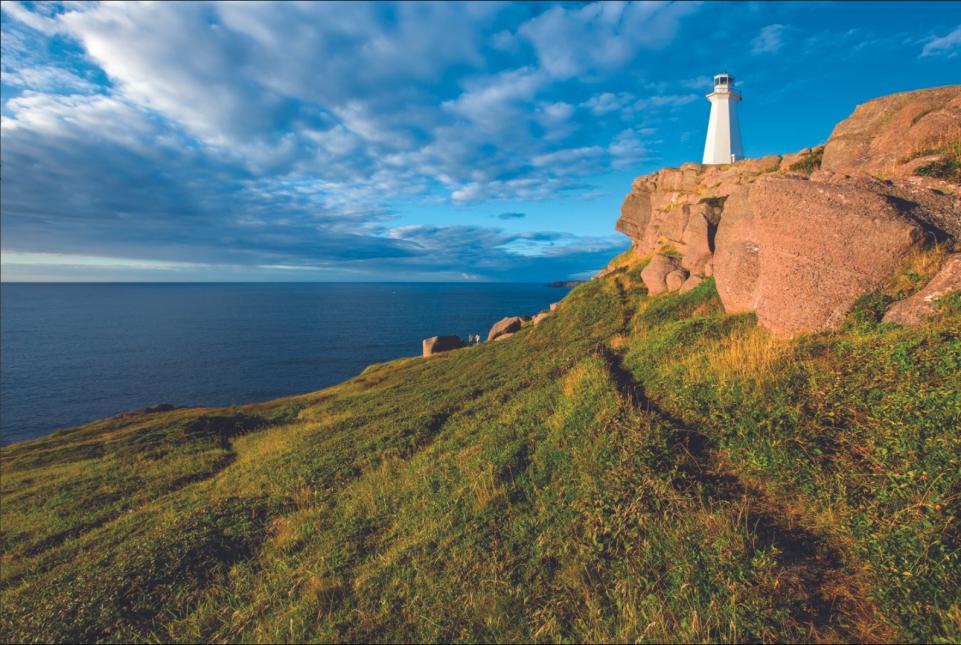
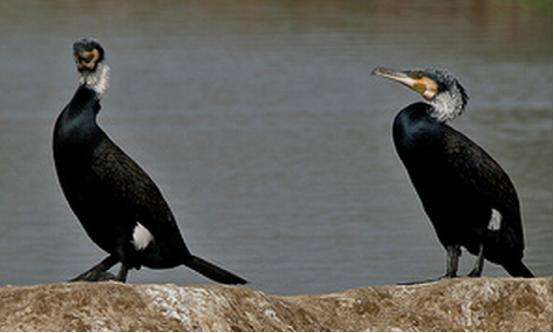

Check in at a harbor hotel in downtown St. John's.
Day 8: Drive to visit Mistaken Point Ecological Reserve.
The Mistaken Point Ecological Reserve is a fossil site located at the southeastern end of Newfoundland Island in eastern Canada. It is a narrow strip of rugged coastal cliffs that stretches for 17 kilometers. This area contains the world's oldest known large-scale fossil group, which dates back to the Ediacaran Period (560-580 million years ago) and outlines a crucial turning point in the evolution of life on Earth. After 3 billion years of microbial domination, larger and more complex organisms began to appear.

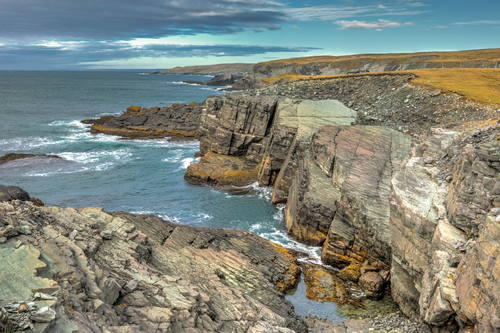

Drive the guests to St. John's International Airport, ending the enjoyable journey.




